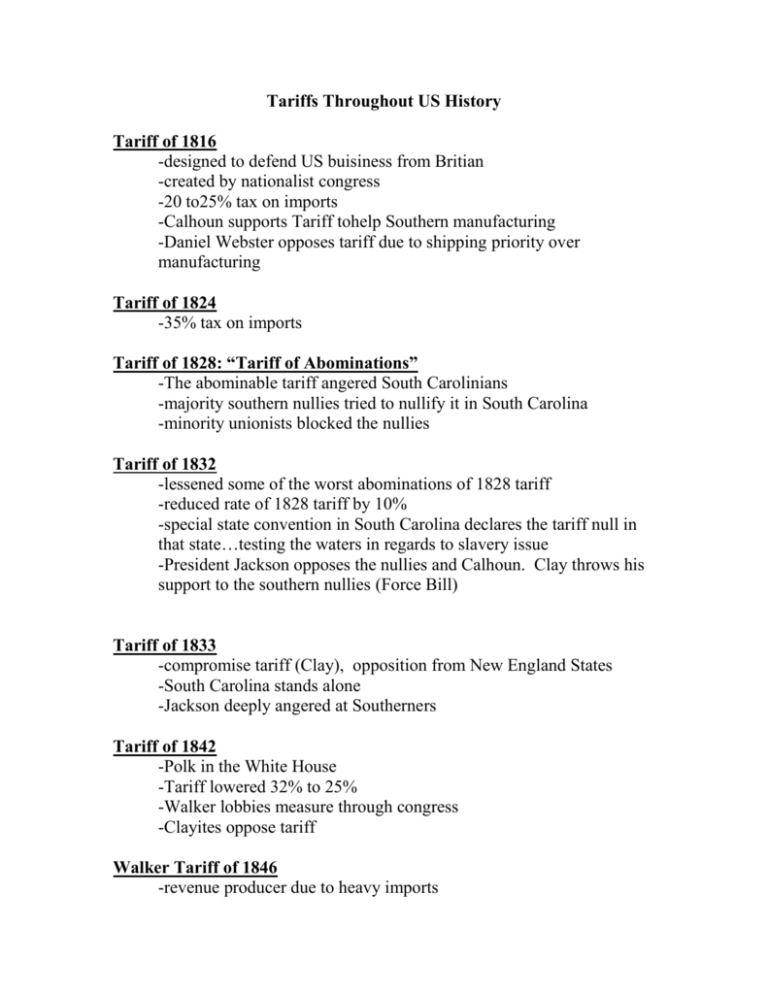Are you noticing certain items missing from your local grocery store shelves? The reason might be more complex than you think. Tariffs, those often-overlooked trade barriers, are quietly reshaping the landscape of consumer goods availability. As global trade dynamics shift, these tariffs have a cascading effect on what ends up in our shopping carts.
The impact of tariffs extends beyond mere price increases; it affects product availability and quality. With international trade relationships evolving, understanding how tariffs influence the groceries we buy is crucial for making informed decisions. Let's delve deeper into why your favorite items might be disappearing and what you can do about it.
Understanding the Ripple Effects of Tariffs
Tariffs imposed on imported goods can lead to significant changes in the grocery aisle. When import duties increase, the cost burden is often passed down to consumers, leading to higher prices for common items. This financial strain can cause manufacturers and suppliers to reconsider their offerings, potentially removing less profitable products from shelves.
Beyond pricing, tariffs can affect the quality and variety of goods available. Suppliers may opt for cheaper alternatives or reduce the range of products they offer, impacting consumer choice. This shift not only affects individual budgets but also influences dietary habits and lifestyle choices.
Moreover, the psychological impact of seeing familiar items vanish can lead to a loss of consumer confidence. As people start worrying about future availability and affordability, their spending habits adjust accordingly, further affecting the market dynamics.
Consumer Confidence Amidst Economic Uncertainty
Consumer spending has shown signs of decline, reflecting a growing unease among shoppers. Two key indicators of consumer confidence have dipped recently, largely due to concerns over ongoing tariff implementations. These measures, originally enacted to protect domestic industries, are now causing ripples throughout the economy.
As uncertainty looms, consumers become more cautious with their expenditures. This behavior can exacerbate economic slowdowns, as reduced spending impacts businesses across various sectors. Retailers, especially those dependent on imported goods, face challenges in maintaining inventory levels and customer satisfaction.
Furthermore, the ripple effects extend to employment rates and business investments. Companies may delay expansions or hiring processes while assessing the long-term implications of tariff policies, contributing to an overall atmosphere of economic instability.
Exploring Alternatives in the Face of Change
With tariffs affecting everything from basic staples to specialty foods, many consumers are exploring alternative options. For instance, opting for locally sourced produce or choosing different brands can help mitigate some of the impacts. However, this requires awareness and proactive decision-making from shoppers.
Additionally, technological advancements offer potential solutions. Online platforms providing direct access to producers can bypass traditional supply chains affected by tariffs. Such innovations not only enhance accessibility but also support sustainable practices beneficial for both communities and environments.
In conclusion, while tariffs present challenges, they also prompt opportunities for innovation and adaptation within the retail sector. By staying informed and open to change, consumers can navigate these shifts effectively, ensuring continued access to essential goods despite fluctuating global trade conditions.

